
Epizootic hemorrhagic disease (EHD) is an acute, infectious and often fatal viral disease of some wild ruminants, including white-tailed deer. Characterized by extensive hemorrhages, this disease has been responsible for significant outbreaks in deer in the northern United States and southern Canada.
While records of deer die-offs from disease in North America date to the 1890s, the first identified incidents of EHD occurred in deer in New Jersey and Michigan in 1955.
According to Doug Dufford, Illinois Department of Natural Resources’ Wildlife Disease and Invasive Species Program Manager, EHD is often confused with bluetongue. While the two diseases are similar, both being hemorrhagic diseases, technically EHD and bluetongue are separate diseases caused by different viruses. Report sick or dead deer HERE
EHD is transmitted when a Culicoides biting gnat carrying the virus bites a deer. EHD cannot be transmitted directly from deer to deer, and is not considered to be hazardous to humans or pets.
Deer can exhibit signs of EHD about 7 days after being bitten; signs include sluggishness, difficulty breathing, loss of appetite, salivation and swelling of the head, neck, tongue or eyelids. Because of a high fever, infected animals will seek water and are often found close to ponds, lakes and creeks, areas where gnats hatch from the muddy shoreline.
“One of the most telling signs is the fever affected animals develop, which results in many animals being found in, or adjacent to, water where they try to reduce their body temperature,” Dufford explained. “Death can come quickly, from 8 to 36 hours after the onset of observable signs, to some infected deer. While other deer may die days or weeks later, and some deer will recover completely.”
All documented EHD outbreaks have occurred in late summer and early fall, typically between August and October. Although EHD is observed somewhere in Illinois every year, cases are more numerous during hot and dry summer weather conditions, presumably because receding water levels create the muddy breeding sites for gnats. Limited water resources also congregate deer at remaining watering sites, creating conditions favorable for disease transmission. An insect-killing frost typically ends an EHD outbreak.
Typically, outbreaks tend to be localized because environmental and habitat conditions play an important role in producing the right mix of virus, high gnat populations and susceptible deer. This patchy distribution means that Illinois residents are key to tracking annual outbreaks.
“Illinois residents and hunters serve as our eyes and ears and help us monitor the annual distribution of this disease, as well as the health of the local deer herd,” said Dufford.
Reporting incidences of sick and dead deer is now easily accomplished via the new website, White-tailed Deer Illinois (LINK deer.wildlifeillinois.org). Visit the Life History, Diseases and Parasites page to access the online Report Sick or Dead Deer reporting form. You will be asked to report facts including the county, number of dead deer and specific location of the deer.
White-tailed Deer Illinois also will provide readers with additional information about EHD, including the distribution of verified reports and number of incidents in recent years.
Kathy Andrews Wright retired from the Illinois Department of Natural Resources where she was editor of OutdoorIllinois magazine. She is currently the editor of OutdoorIllinois Journal.



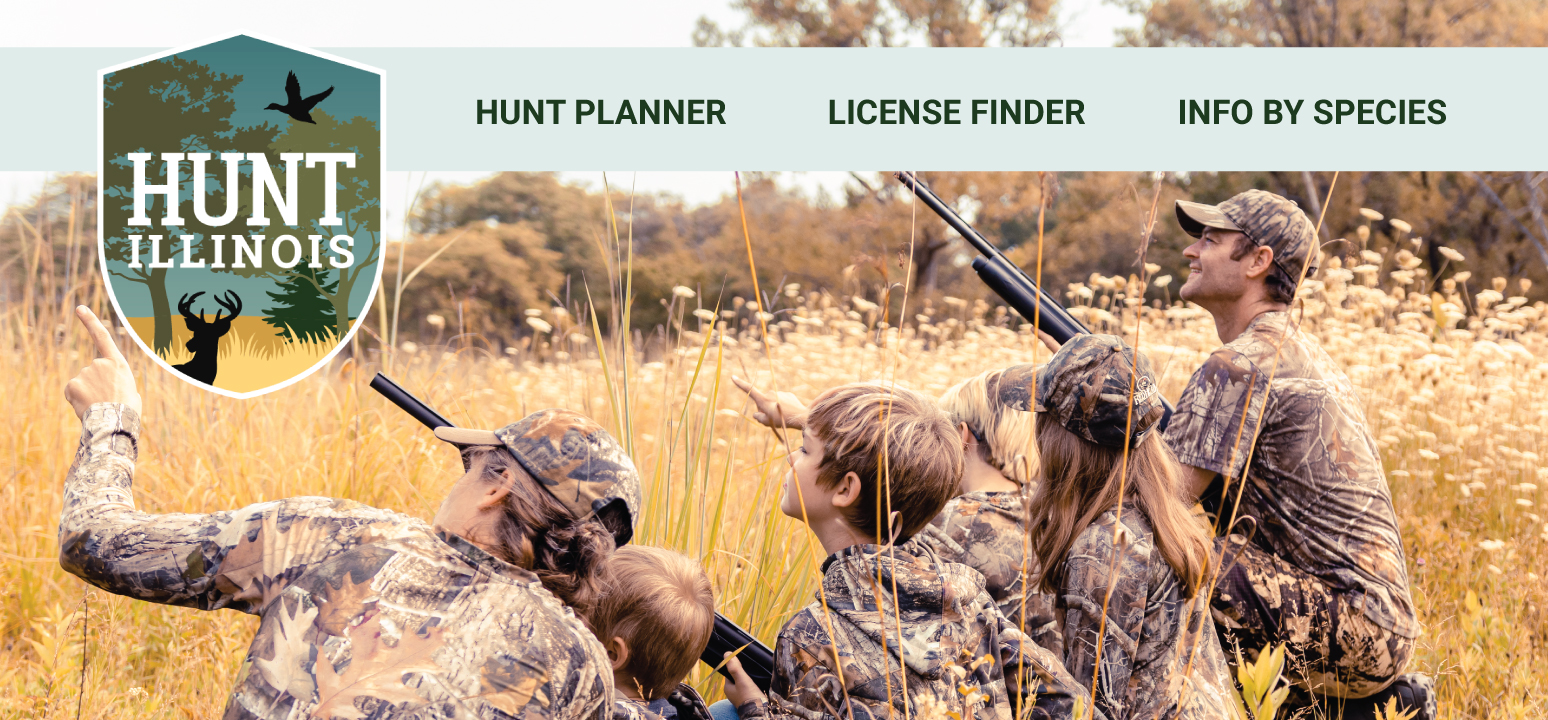





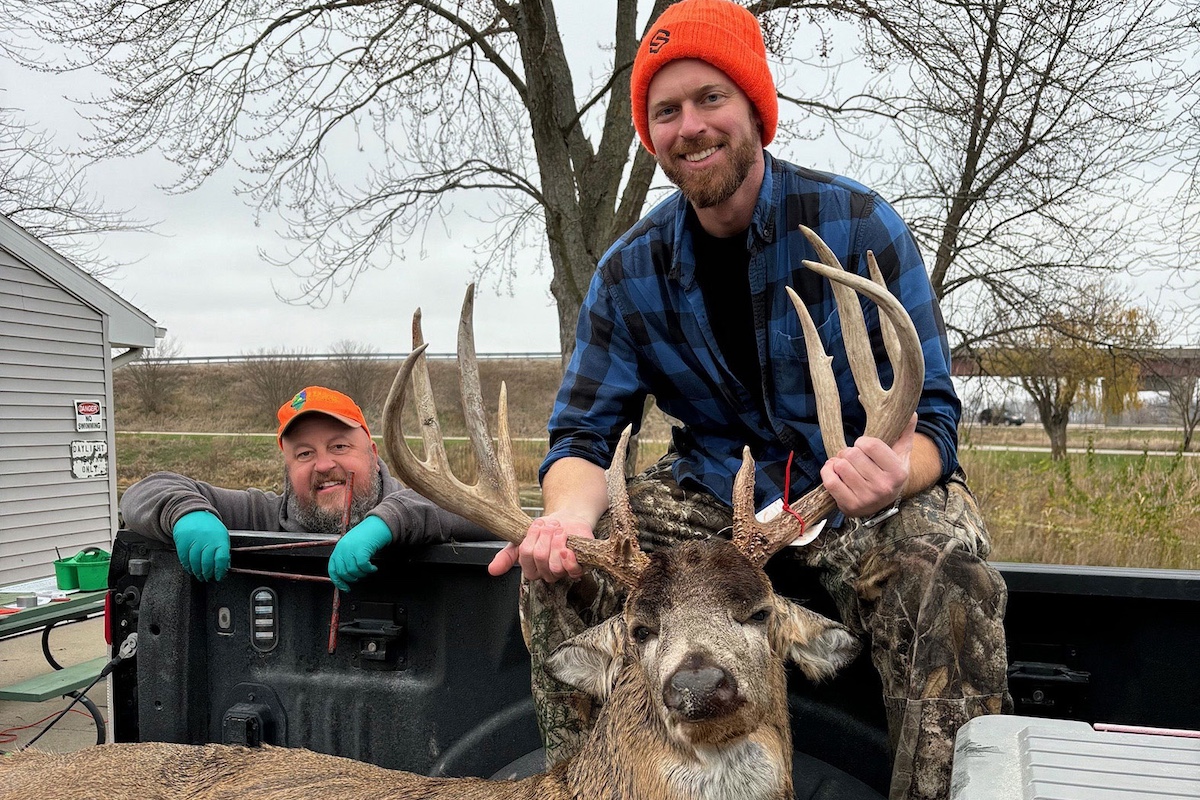
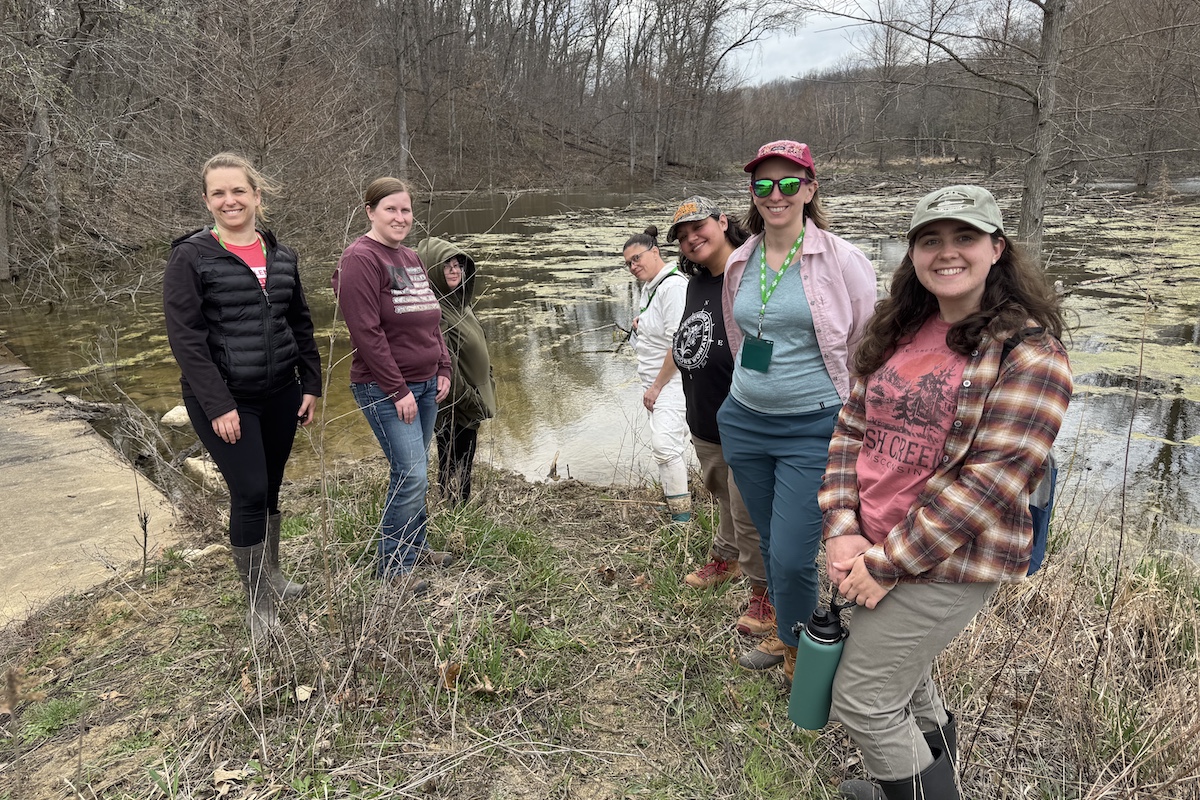
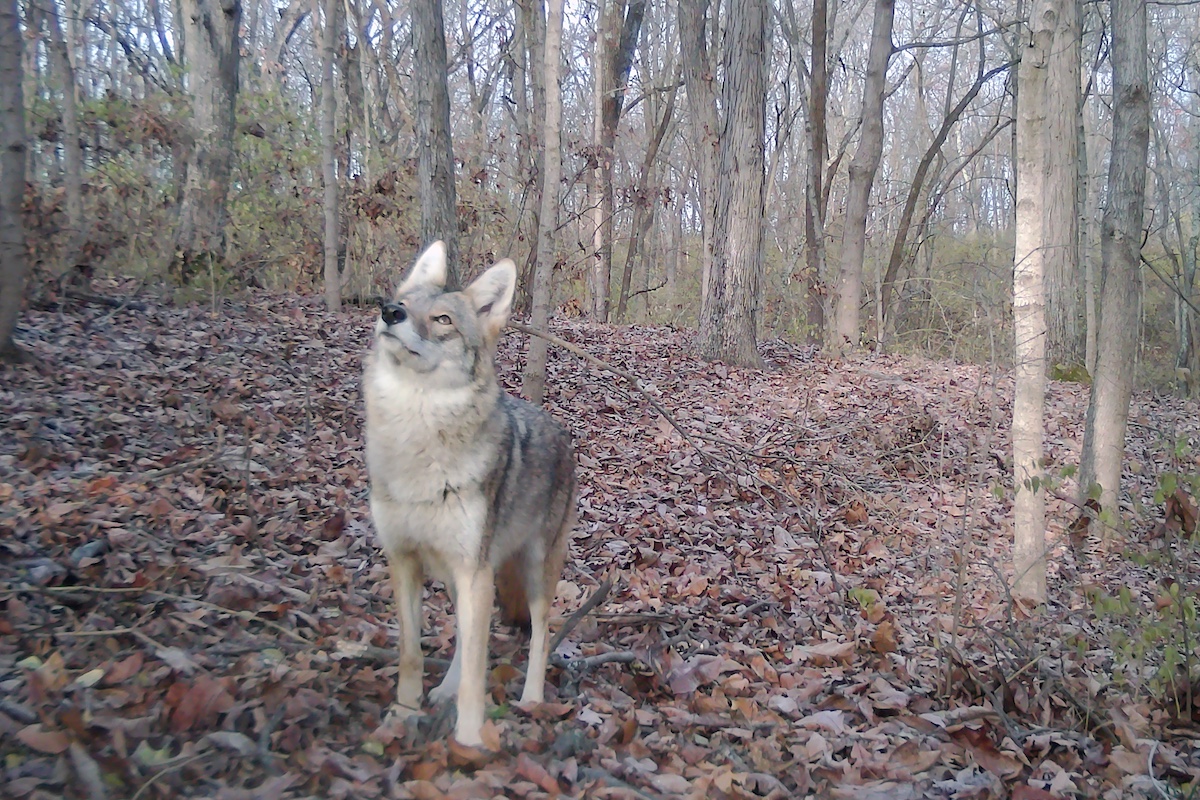
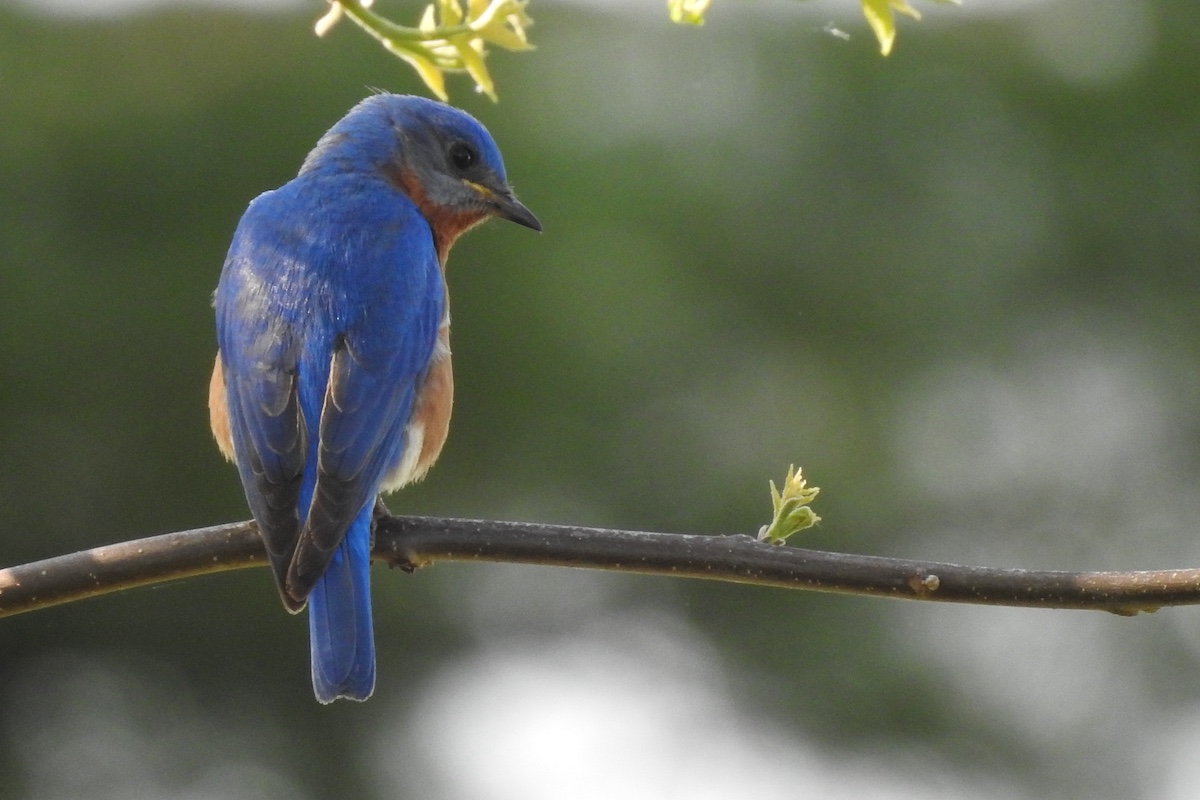


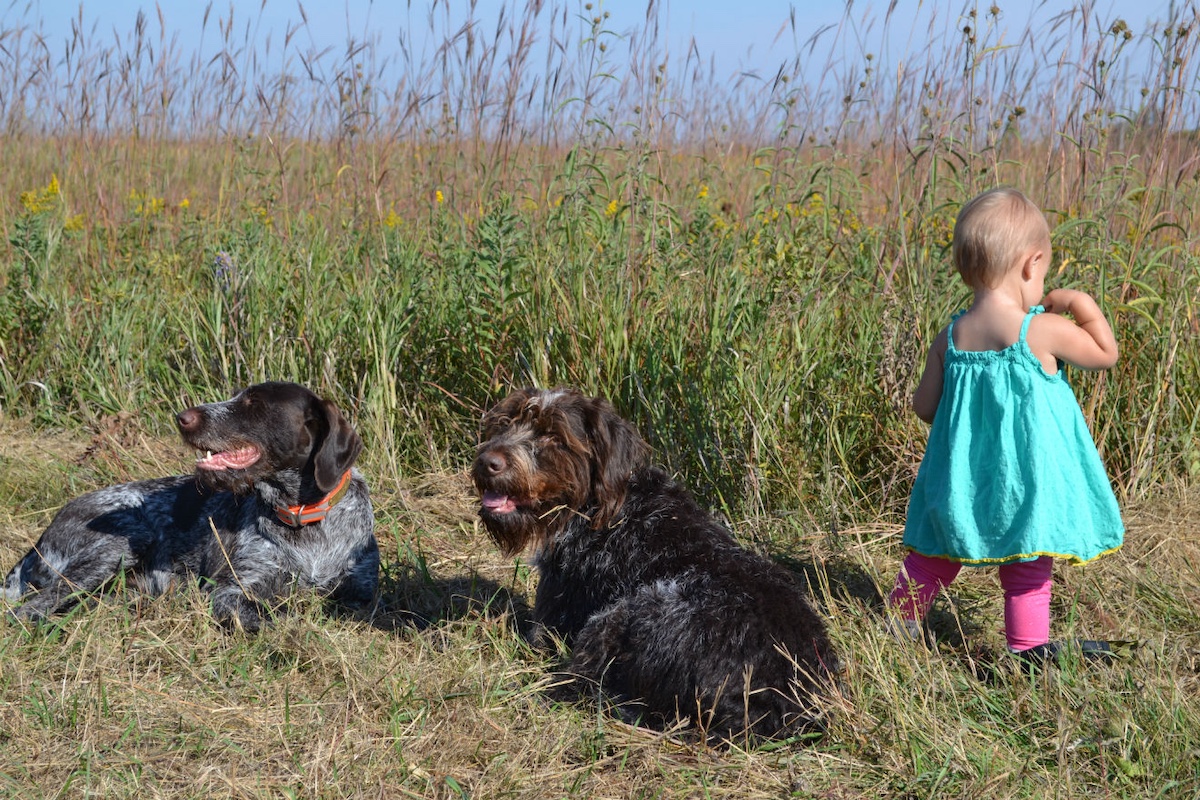
Submit a question for the author